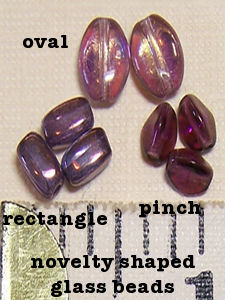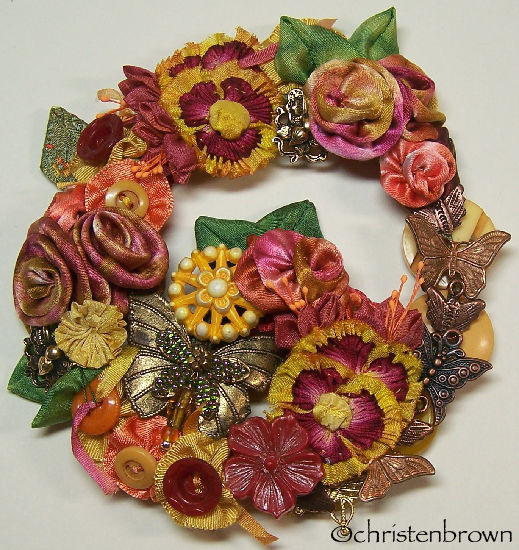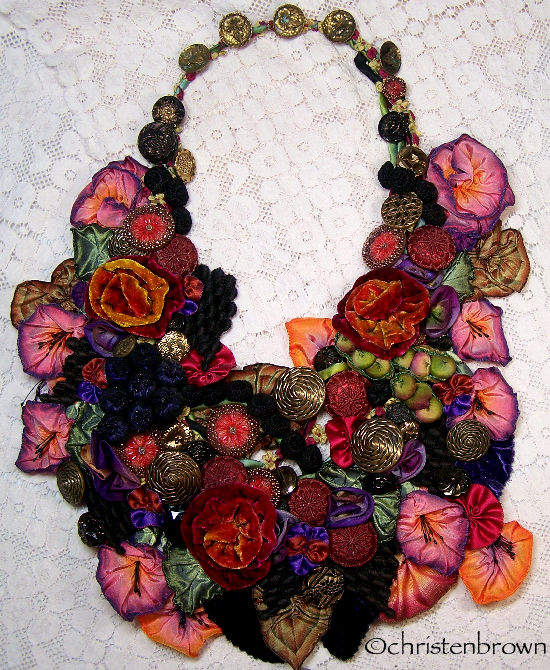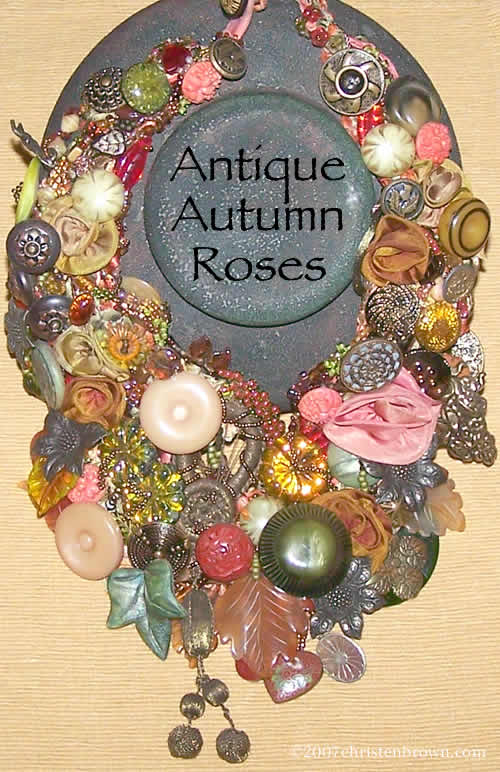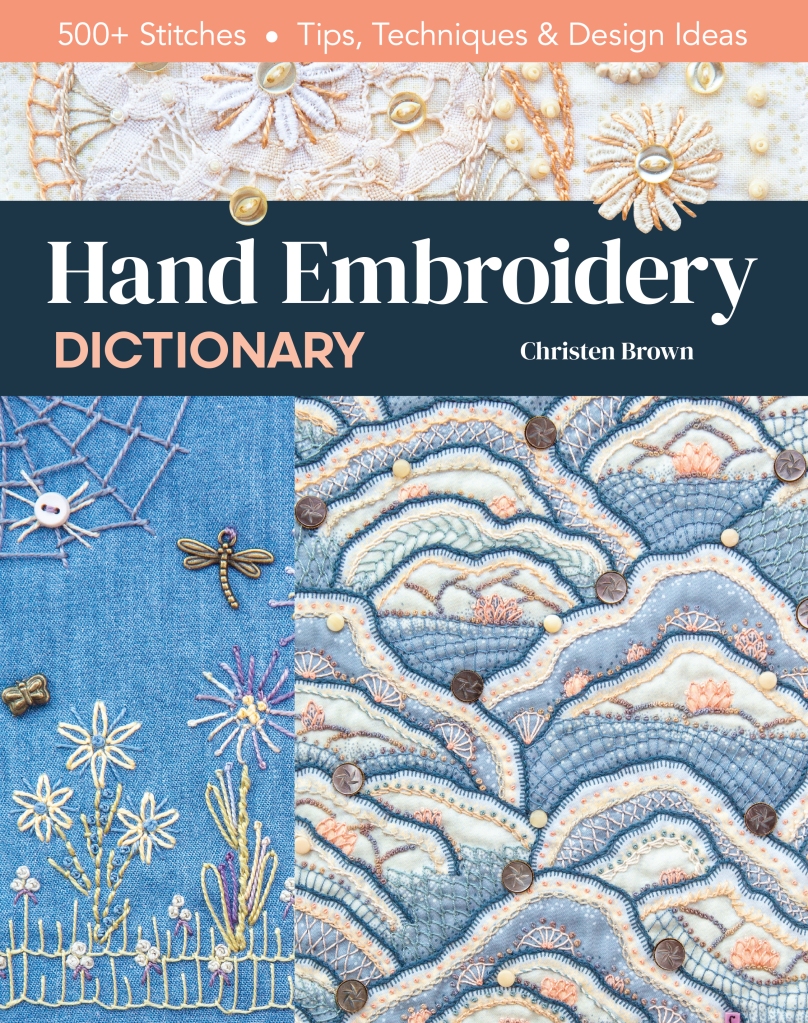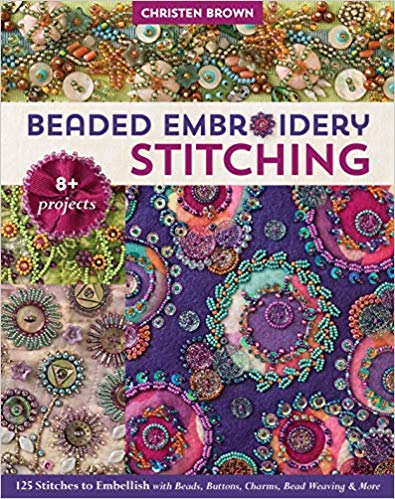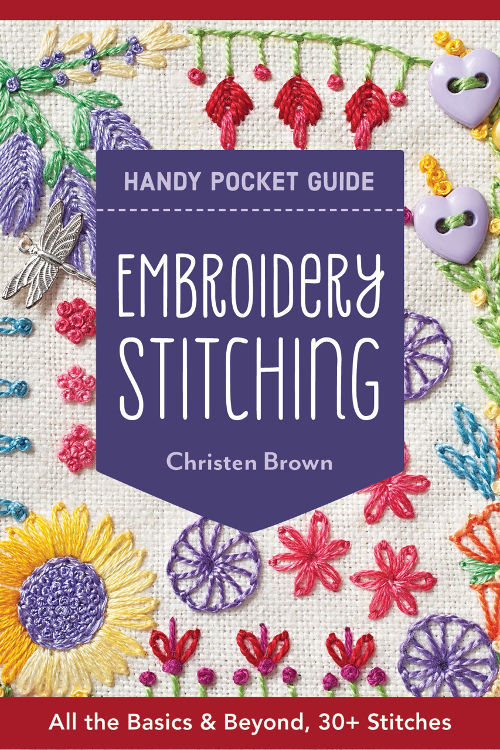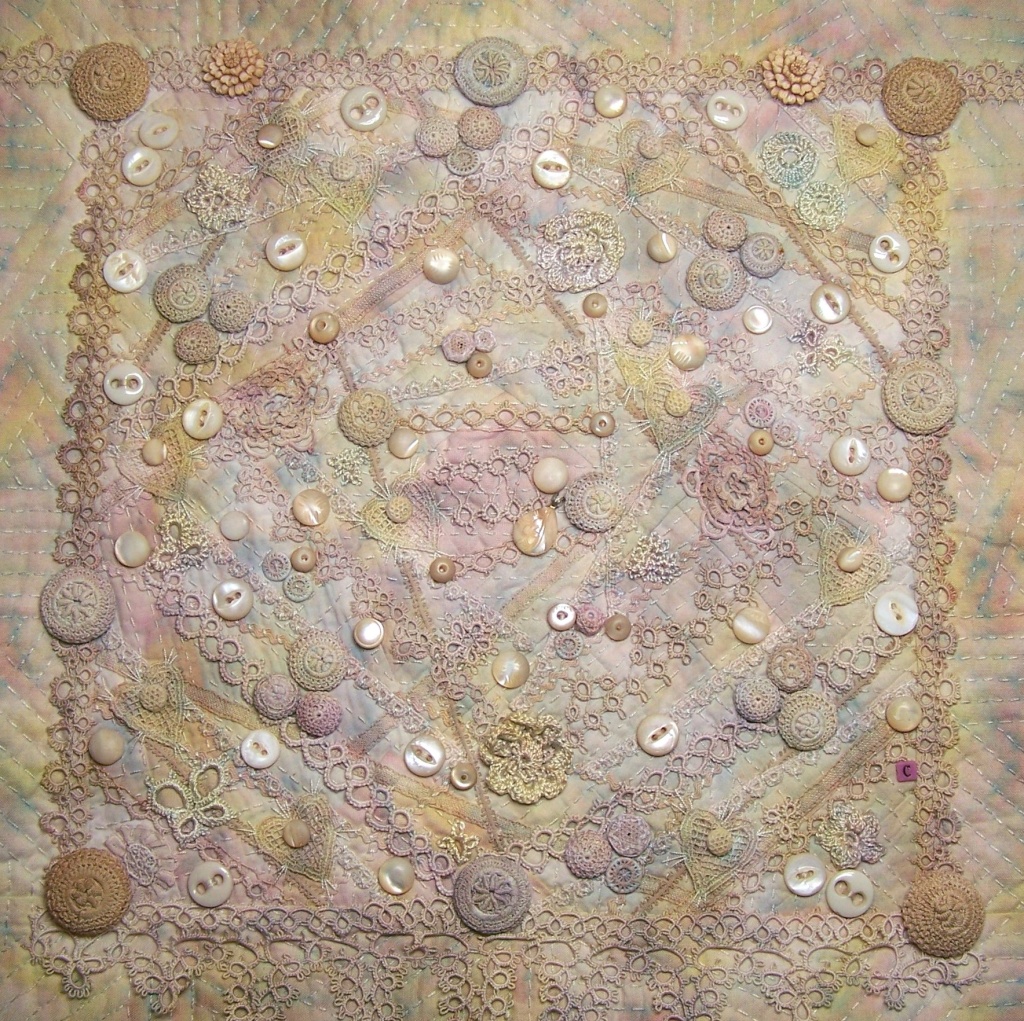Floral embroidery is a descriptive term that was used for both thread embroidery (silk, wool or chenille); and ribbonwork flowers (a piece of ribbon or fabric that was stitched with a needle and thread). The flowers were arranged in sprays, or as a single bud on men’s waistcoats, ladies gowns, shawls and other accessories. Popular stitches for the embroideries were satin, long and short, and stem. The chain stitch that could also be worked with a tambour needle is often used as the only stitch in the design.
Ribbon work flowers such as aerophane or crepe floral embroidery (used in the late 19th century) had the details of leaves and stems stitched in with thread embroidery. The ribbon, a thin silk gauze or crepe would be cut then gathered with stitches to form each petal of the flower. Narrow silk “China” ribbons were available in shaded colors, and were first used in ribbon work floral embroidery. This narrow silk ribbon could also be threaded into a large eyed needle and stitched into flower shapes (usually a straight stitch) with added silk thread embroidered accents. The combination of ribbonwork flowers and silk ribbon embroidery gave the design dimension. The top image is from a satin purse, with the ribbonworked flowers and leaves of stitched chenille. A gift from my husband for my birthday, probably circa early 1900’s. It is incredible in person.

Vintage Floral Sewing Bag
The second image with the whimsical floral vignettes was made, I believe as a sewing or knitting bag, but I use it as a purse, circa 1940’s judging from the fabrics used. Some of the flowers are made with ribbon, some with fabric scraps, some with added felt details. Primitive embroidery and beading were used to enhance the floral sections. I found this lovely treasure on eBay, and I adore it.
Happy Stitching! ~Christen


















